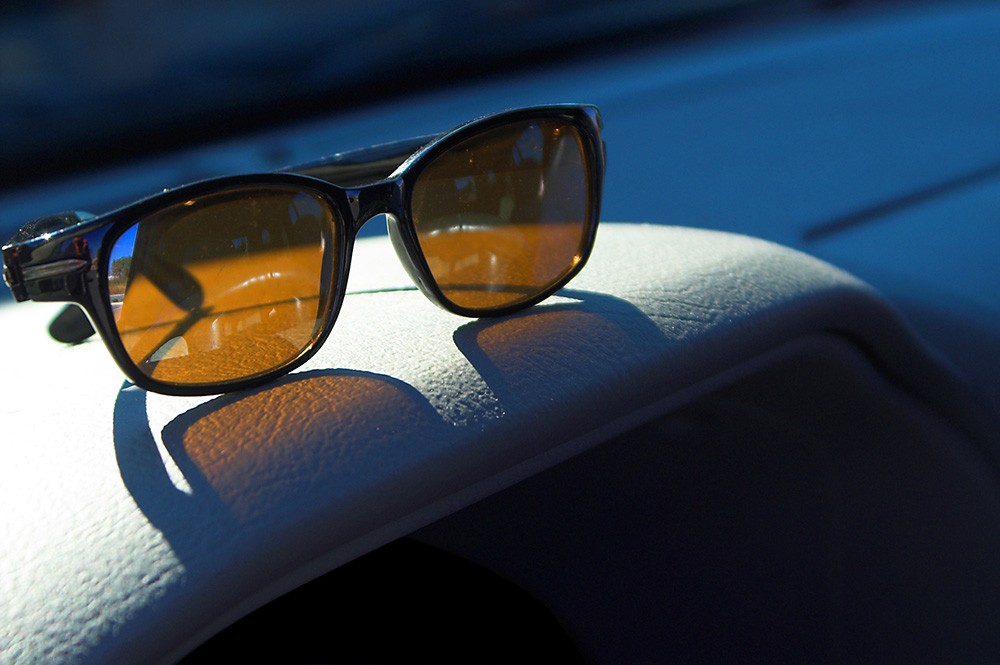
That big yellow glow in the sky causing some eye strain after a long gray winter? Could be time to invest in a new pair of cool shades.
Sources of glare are all around drivers--windows from other vehicles, streets, driving near bodies of water. Polarized lenses are designed to reduce glare reflected off of other surfaces.
The highest clarity of polarized lenses usually is found in glass lenses used by professionals such as pilots.
According to the Canadian Association of Optometrists, consumers should check the level of UV protection when purchasing sunglasses. Exposure to the sun’s UV rays can cause eye as well as vision problems.
Sunglasses should block 95 to 100% of both UV-A and UV-B rays, the CAO stated. A high level of UV protection is recommended for driving and whenever there is enough sunlight to to cause squinting. Other types of sunglasses, including cosmetic tint and special purpose, are not recommended for driving by the CAO.
Follow these recommendations from experts when buying and cleaning your sunglasses.
- Use warm water to rinse glasses and dry them with a microfiber towel.
- Avoid lense scratches by using clean towels especially if you have removed heavy soil.
- Choose polarized lenses to reduce glare.
- Clean the inside and outside of vehicle cabin windows to reduce glare.
- Select sunglasses that block 95 to 100% of both UV-A and UV-B rays.
- Inspect sunglasses to make sure they are perfectly matched in color and do not have any distortions or imperfections that can strain vision. Lenses should show a uniform tint.
Copyright © 2024 by Sensible Driver. All rights reserved.